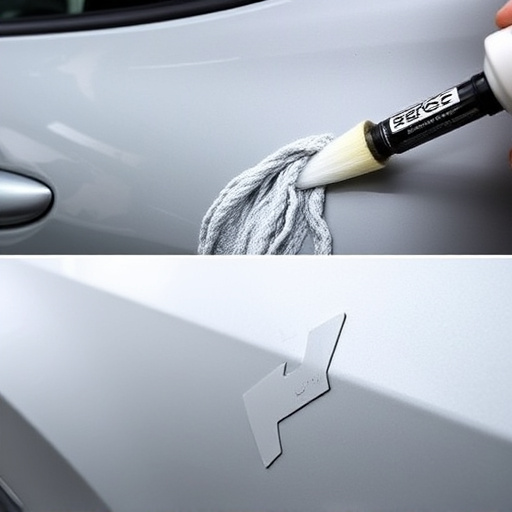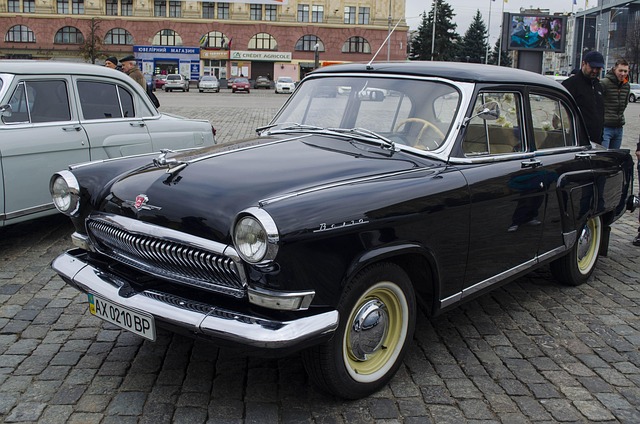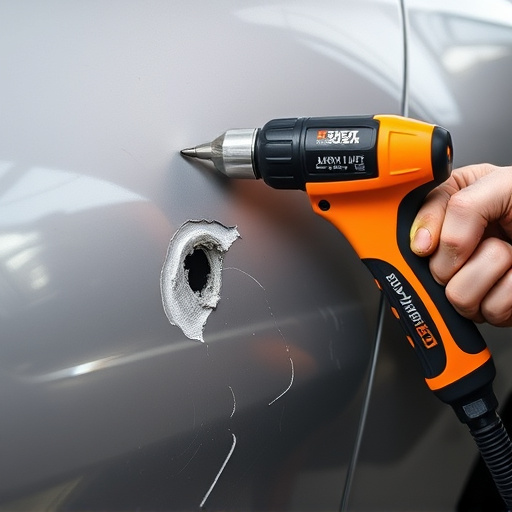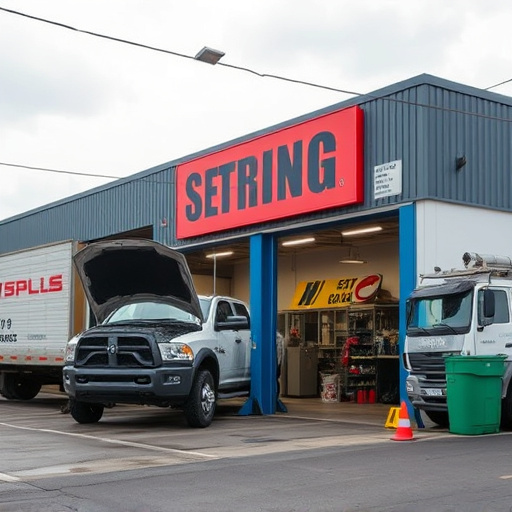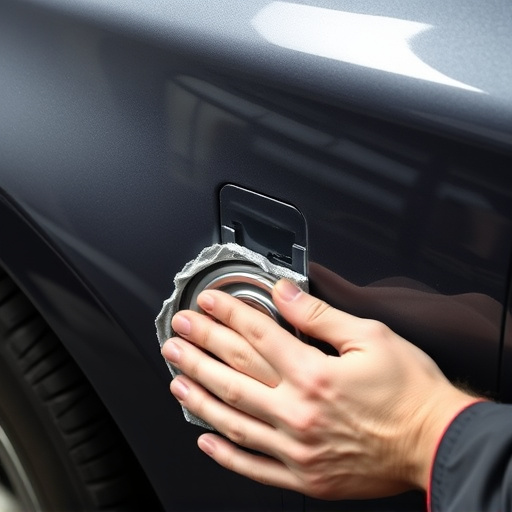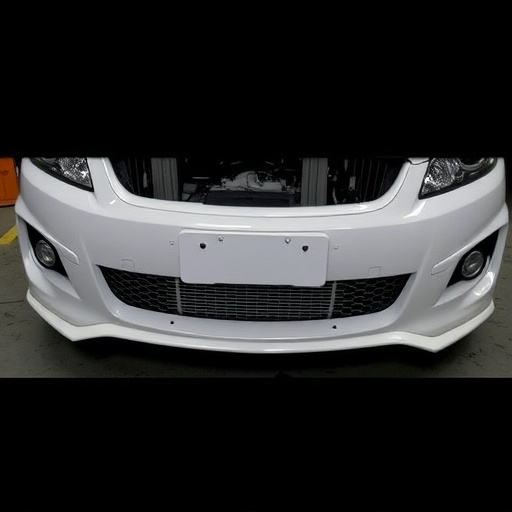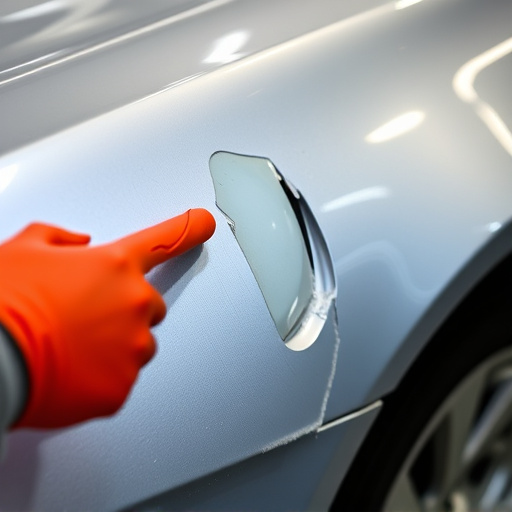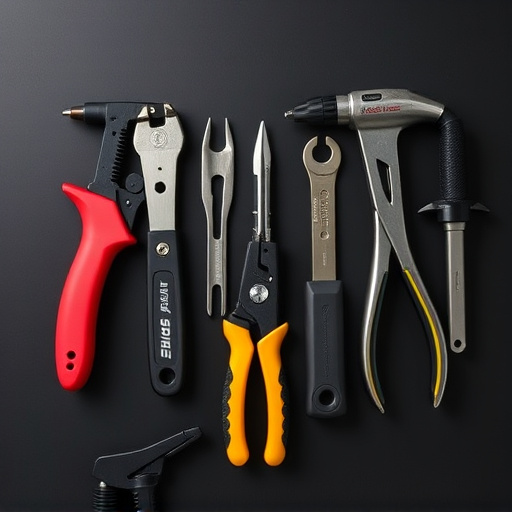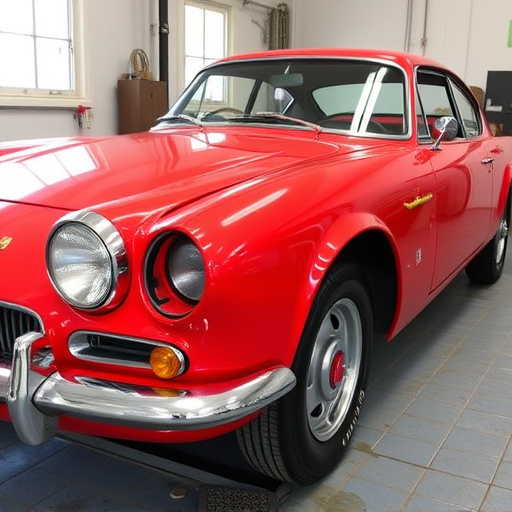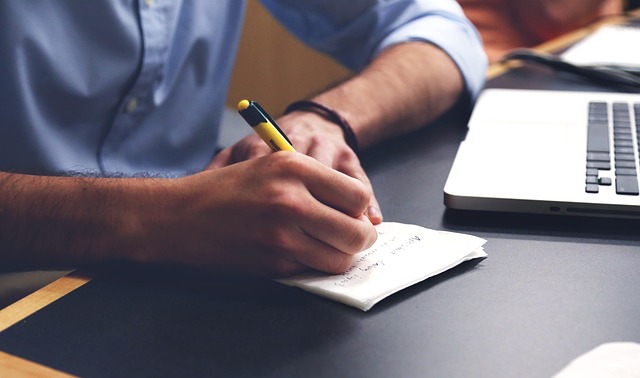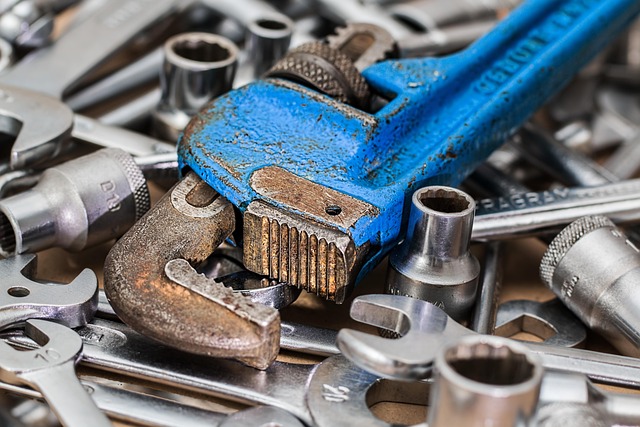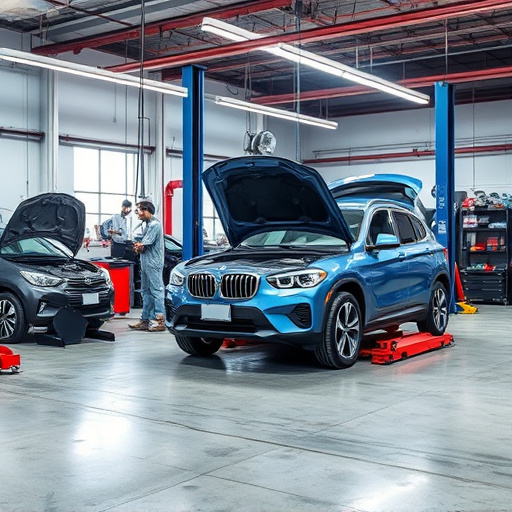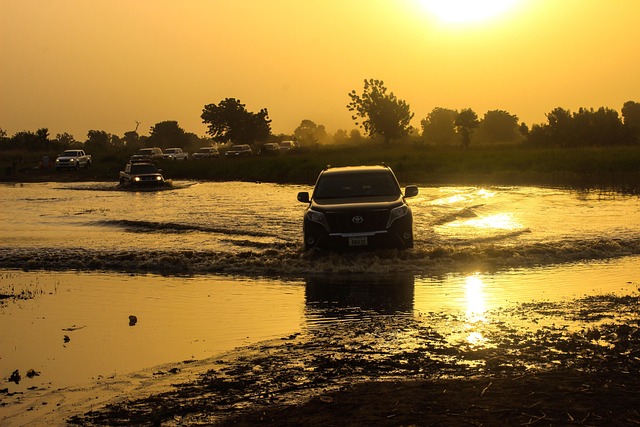Sun damage restoration is key for interiors in high-UV regions, treating discoloration, peeling, and structural degradation caused by intense sunlight and heat. Professional services use specialized techniques like car paint repair to reverse these effects, protecting surfaces from future UV exposure. Vital protective measures include gear, barriers, coordination with staff, weather monitoring, covering non-restored areas, proper ventilation, and safe cleaning solutions for optimal results while preserving aesthetic appeal.
Sun damage can wreak havoc on interior spaces, demanding meticulous attention during restoration services. This article guides you through the process of safeguarding your home or business from UV-induced degradation. We’ll explore effective strategies for understanding and mitigating sun damage, ensuring protective measures are in place throughout the restoration journey. Learn how to safeguard surfaces, preserve aesthetics, and restore peace of mind when dealing with sun damage restoration.
- Understanding Sun Damage to Interiors
- Protective Measures for Restoration Process
- Safeguarding Surfaces During Repair
Understanding Sun Damage to Interiors
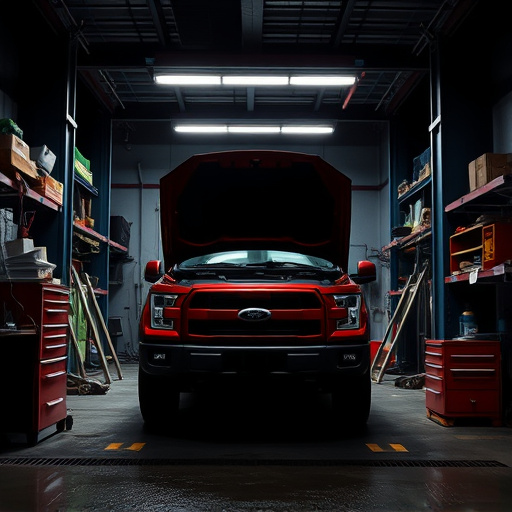
Sun damage to interiors is a common concern for homeowners and businesses alike, especially those located in regions with high UV exposure. Understanding how sun damage occurs is the first step towards effective restoration. Over time, intense sunlight can break down the protective coatings on surfaces like walls, floors, and furniture, leading to discoloration, peeling, and even structural degradation. This process accelerates when combined with heat, creating a vibrant but damaging environment for indoor spaces.
The impact of sun damage is not limited to aesthetics; it can also affect the integrity of materials. For instance, wood may crack or warp, while fabrics and upholstery can fade significantly. Professional sun damage restoration services employ specialized techniques like car paint repair, frame straightening, and meticulous car restoration to reverse these effects. These methods ensure that surfaces are not only restored to their original state but also protected from future UV exposure, preventing further deterioration.
Protective Measures for Restoration Process
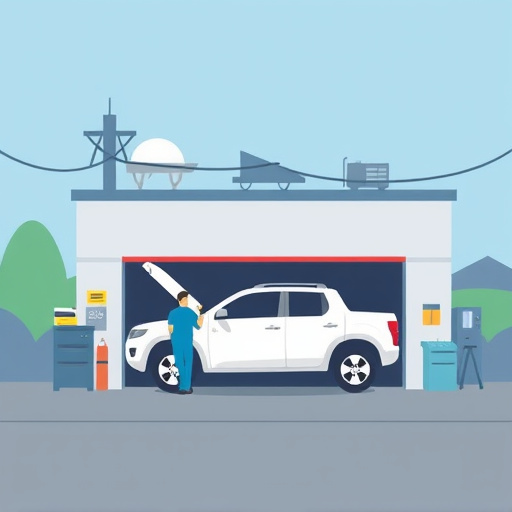
During sun damage restoration services, implementing robust protective measures is paramount to safeguard interior components. This involves meticulous preparation to prevent further deterioration and ensure the longevity of vehicles. Specialized gear, including gloves, eye protection, and respiratory masks, is essential for technicians to shield themselves from harmful UV rays and airborne debris. Additionally, using tarp barriers and plastic sheeting helps isolate the affected area, protecting adjacent surfaces from overspray and direct sunlight.
Effective communication and coordination are key. Restoring professionals must collaborate closely with auto repair shop staff to ensure all interior items, such as seats, dashboards, and trim pieces, are securely covered or removed. Furthermore, regular monitoring of weather conditions allows for timely adjustments in the restoration process. This proactive approach, combining appropriate protective gear, physical barriers, and meticulous planning, is crucial for achieving optimal results in sun damage restoration, ensuring both the safety of technicians and the preservation of vehicles’ internal aesthetics, including vehicle repair services and tire services components.
Safeguarding Surfaces During Repair
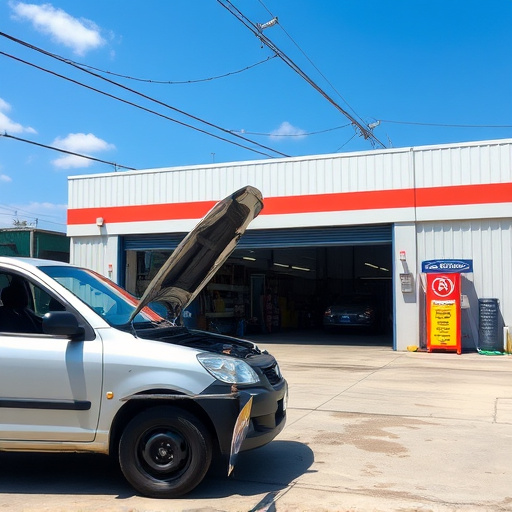
When conducting sun damage restoration services, safeguarding surfaces is a crucial step to ensure the longevity and aesthetic appeal of various materials within a space. Before beginning any repair work, it’s essential to protect adjacent surfaces that aren’t part of the direct restoration process. This includes furniture, floors, walls not being restored, and fixtures. The goal is to prevent any accidental damage or discoloration during the restoration.
One effective method is to cover these areas with protective sheets or films specifically designed for sun damage restoration. These barriers create a physical shield, safeguarding surfaces from dust, debris, and even UV rays that could be dislodged during collision repair or collision center operations. Additionally, ensuring proper ventilation and using safe cleaning solutions further minimizes the risk of surface damage, contributing to a successful sun damage restoration process.
Sun damage restoration is a delicate process that requires proper protective measures to preserve interior spaces. By understanding the impact of UV rays and implementing effective strategies, restorers can safeguard surfaces during repair, ensuring a successful and lasting outcome. Through specific techniques and careful navigation, it’s possible to mitigate sun damage and revive the beauty of interiors, making it a valuable service in the industry.
